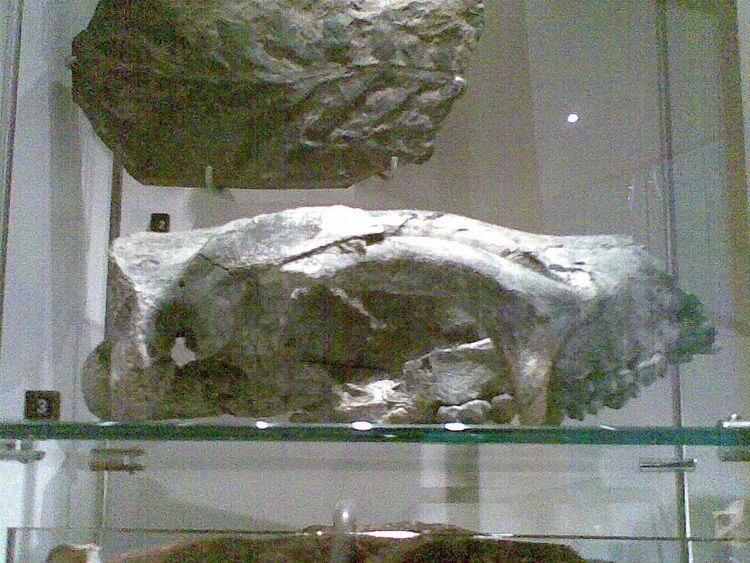Subfamily †Zygomaturinae Rank Genus | Phylum Chordata | |
 | ||
Similar Silvabestius, Kolopsis, Hulitherium, Zygomaturus, Nimbadon | ||
Neohelos is an extinct diprotodontid marsupial, that lived from the early to middle-Miocene. There are four species assigned to this genus, N. tirarensis, the type species, N. stirtoni, N. solus and N. davidridei. N. davidridei is the most derived species of the genus, and its premolar morphology shows that it is structurally and ancestor of the genus Kolopsis. All four species are from the Bullock Creek in the Northern Territory and Riversleigh of Australia.
Contents
Description
Neohelos is known from many specimens, assigned to all the species. N. tirarensis includes a partial skull, premaxillas, maxillas, teeth, and dentarys; N. solus is known from a maxilla and dentary; N. davidridei includes teeth and a maxilla fragment; and N. stirtoni is known from a mostly complete skull, a maxilla and a dentary.
Distinguishing characteristics
A revision of Neohelos found a set of features in all the species that are absent in all other diprotodontoids. They are listed below:
Classification
Neohelos includes many species. Among them, N. davidridei is the most derived. N. davidridei shows many features that are also found in Kolopsis, and is thought to be the ancestor of it and its species. Together, Neohelos and Kolopsis make up Zygomaturinae along with Zygomaturus and other genera.
Paleoecology
Neohelos lived in the early to Middle Miocene of Queensland, Australia. It is one of few diprotodont genera that existed in Bullock Creek in both Riversleigh and Northern Territory, in the Wipajiri Formation.
